We’ve finally made it to last year’s #Tech4Wildlife Photo Challenge, our biggest one yet! The 2022 #Tech4Wildlife Photo Challenge showcased many conservation tech innovations revolutionizing the field. From the remote corners of the Amazon to the lush landscapes of Vietnam and the cenotes in the Yucatán, our community showcased cutting-edge projects from around the world.
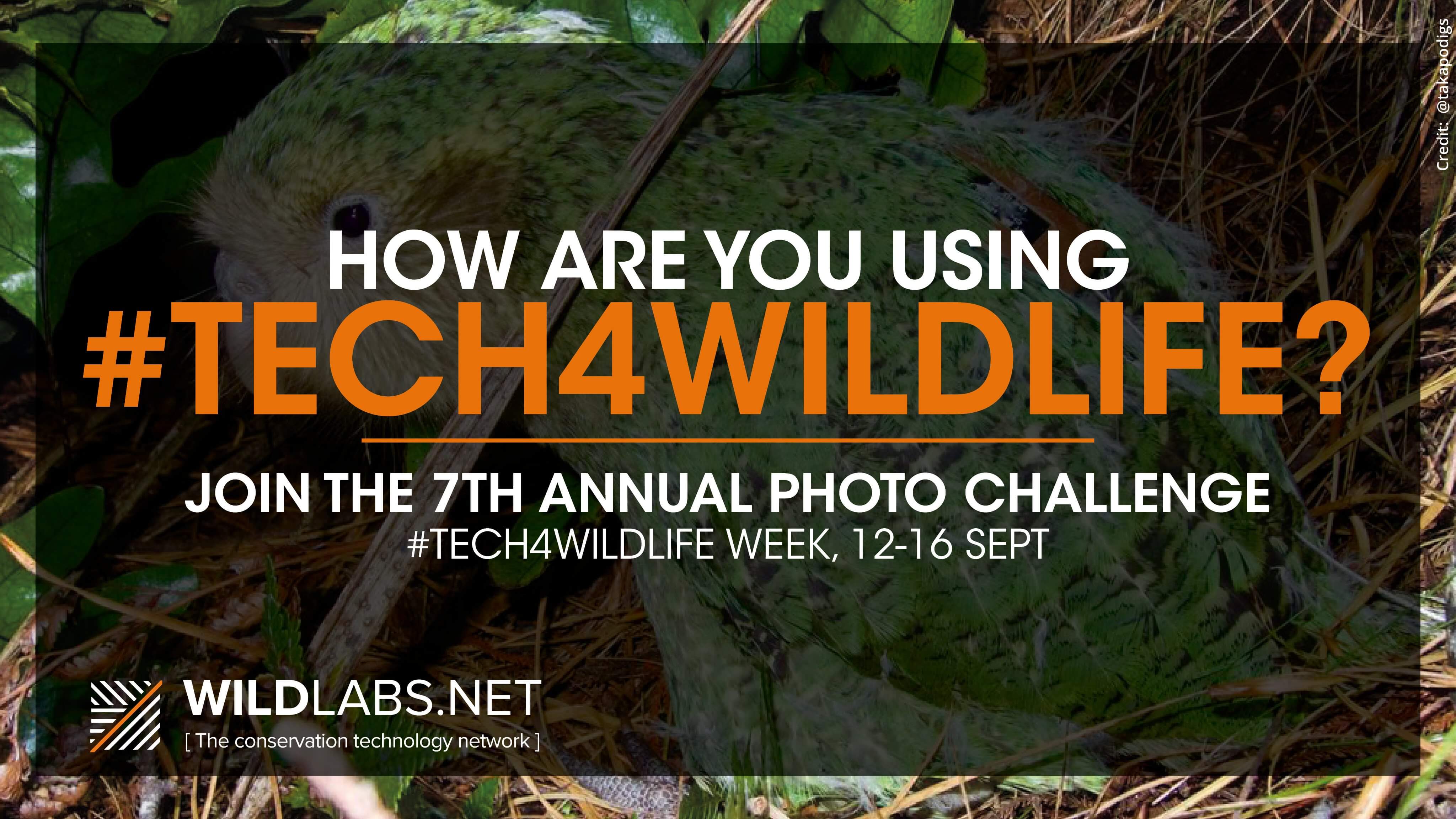
Last year’s stunning winning entry was an exclusive deep-sea photo from the #EyeRIS plenoptic imaging system, shared by @KakaniKatija, @BioinspirLab, and @MBARI_News on Twitter.

As we’ve seen throughout our past recaps, drones have become increasingly important #Tech4Wildlife tools since our challenge began eight years ago, with more conservationists having access to them for projects as they become more affordable and easier to use. In 2022, we saw them used to survey turtle populations and to assess gibbon habitat restoration.


Likewise, we saw more turtle tech in action as SnapperGPS tagged loggerhead sea turtles in Cape Verde. And you'll recognize one of Equilibrio Azul's turtle tech photos from this year's photo challenge banners!
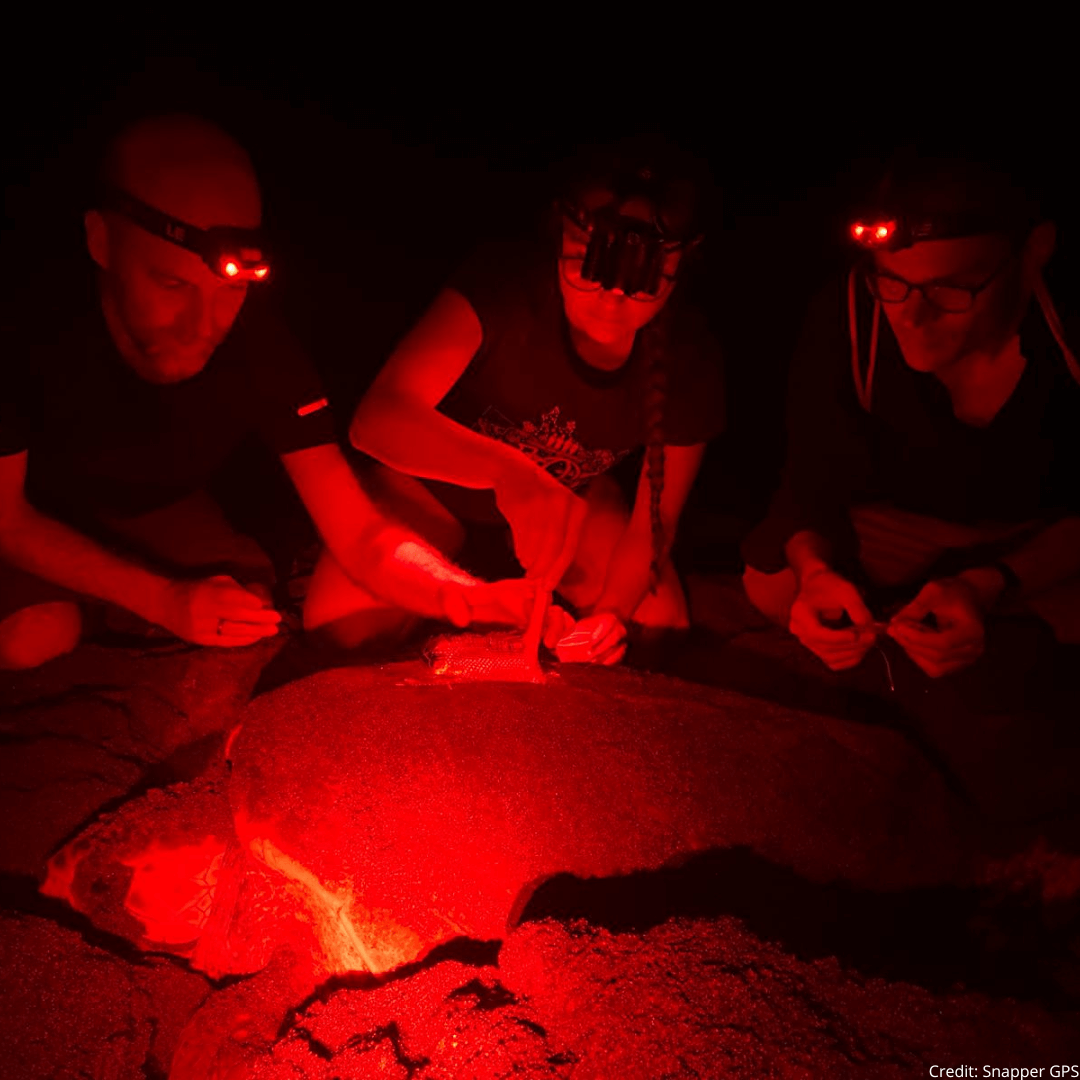

And we once again saw increasingly useful #AI tech for wildlife identification from BearID, plus a colorful fluorescent frog from a multi-tool study in the Amazon, a tracked "jungle condor," and even a highly endangered kakapo getting a CT scan!

Happy #Tech4Wildlife week! We are using #ML to improve the monitoring, conservation, and management of #ursids through individual photo-ID! This past year we have focused on #BearID for #cameratraps and developing an automated face detector for all bear species! @WILDLABSNET 1/n pic.twitter.com/SJz0qs4mOy
— BearID Project (@bearid_project) September 14, 2022
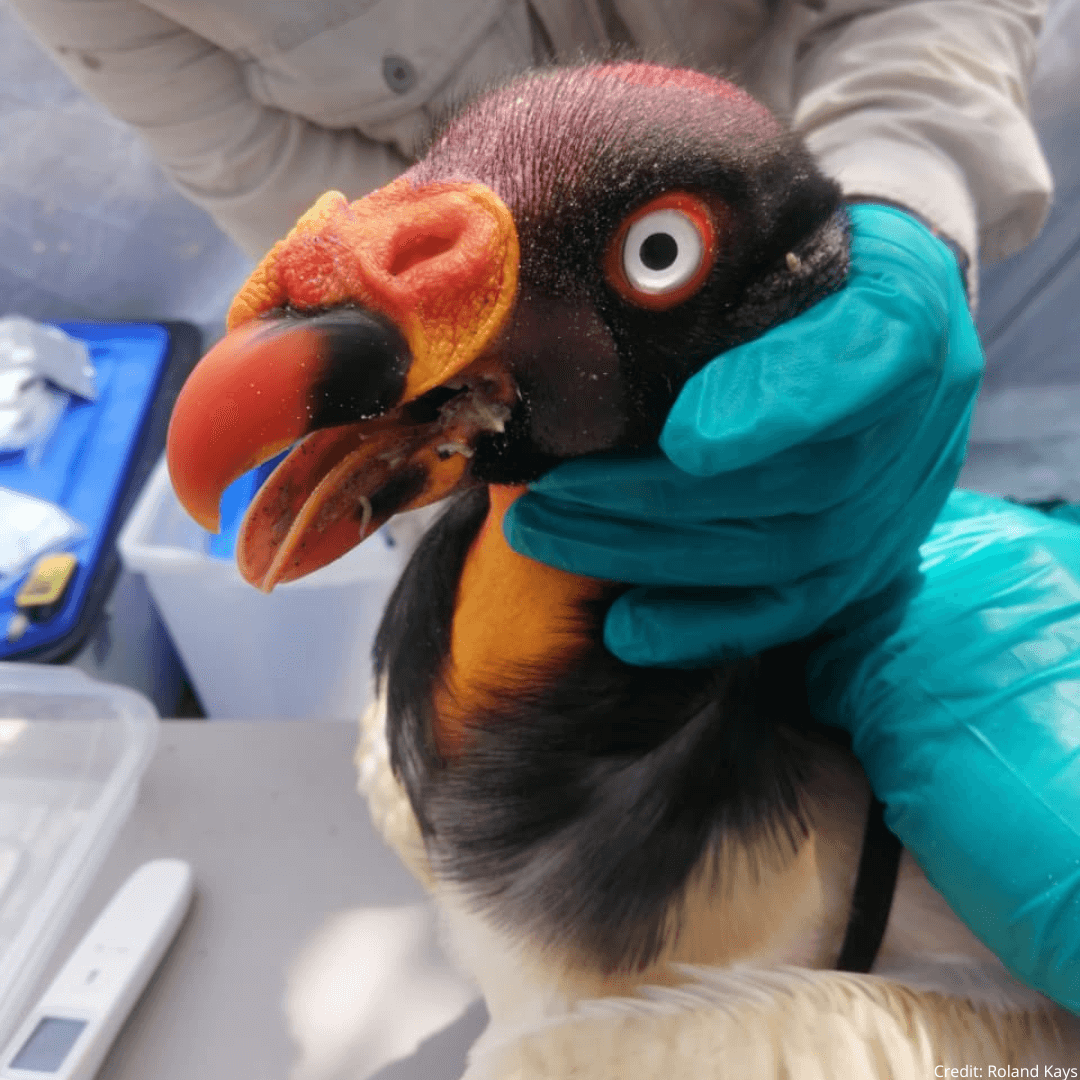

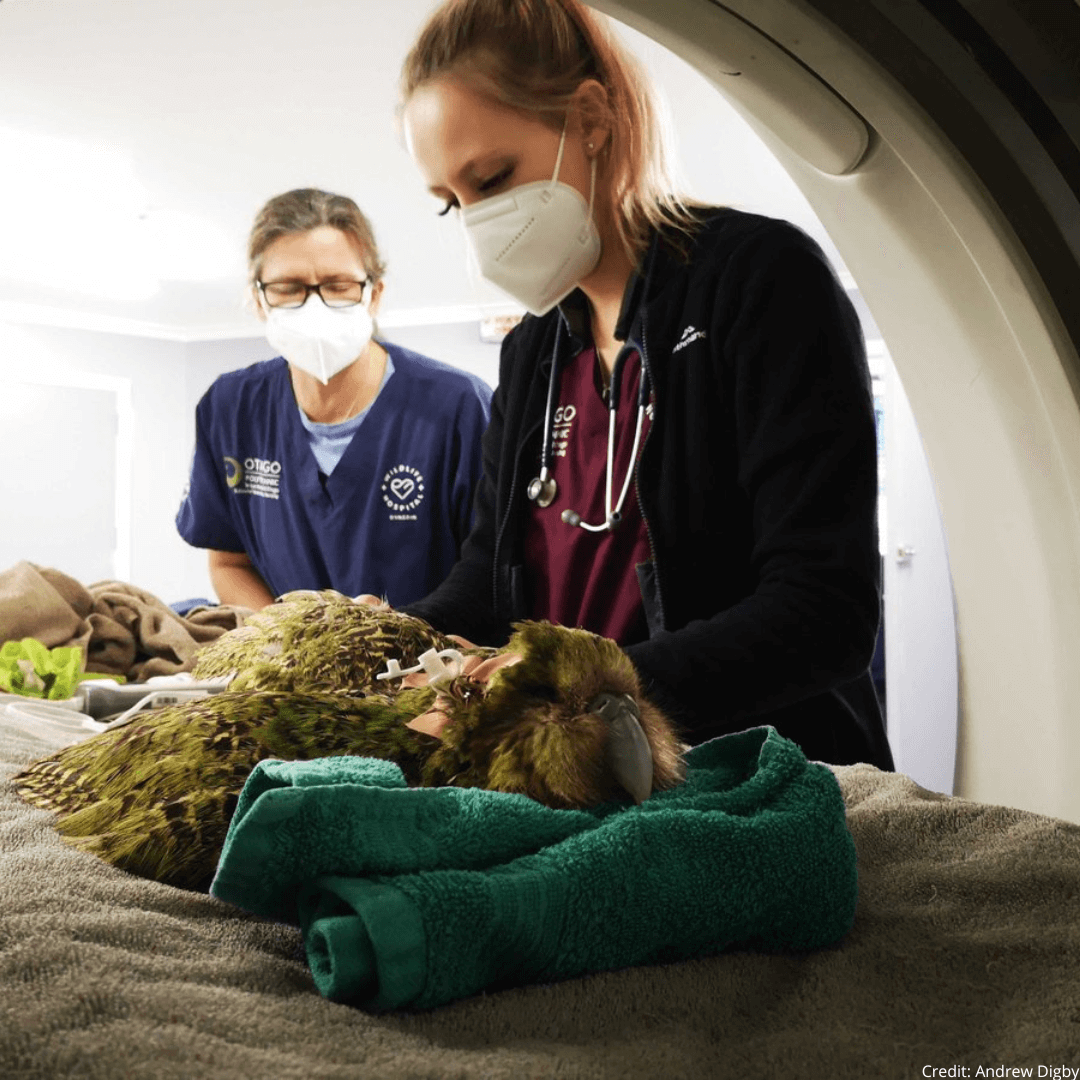
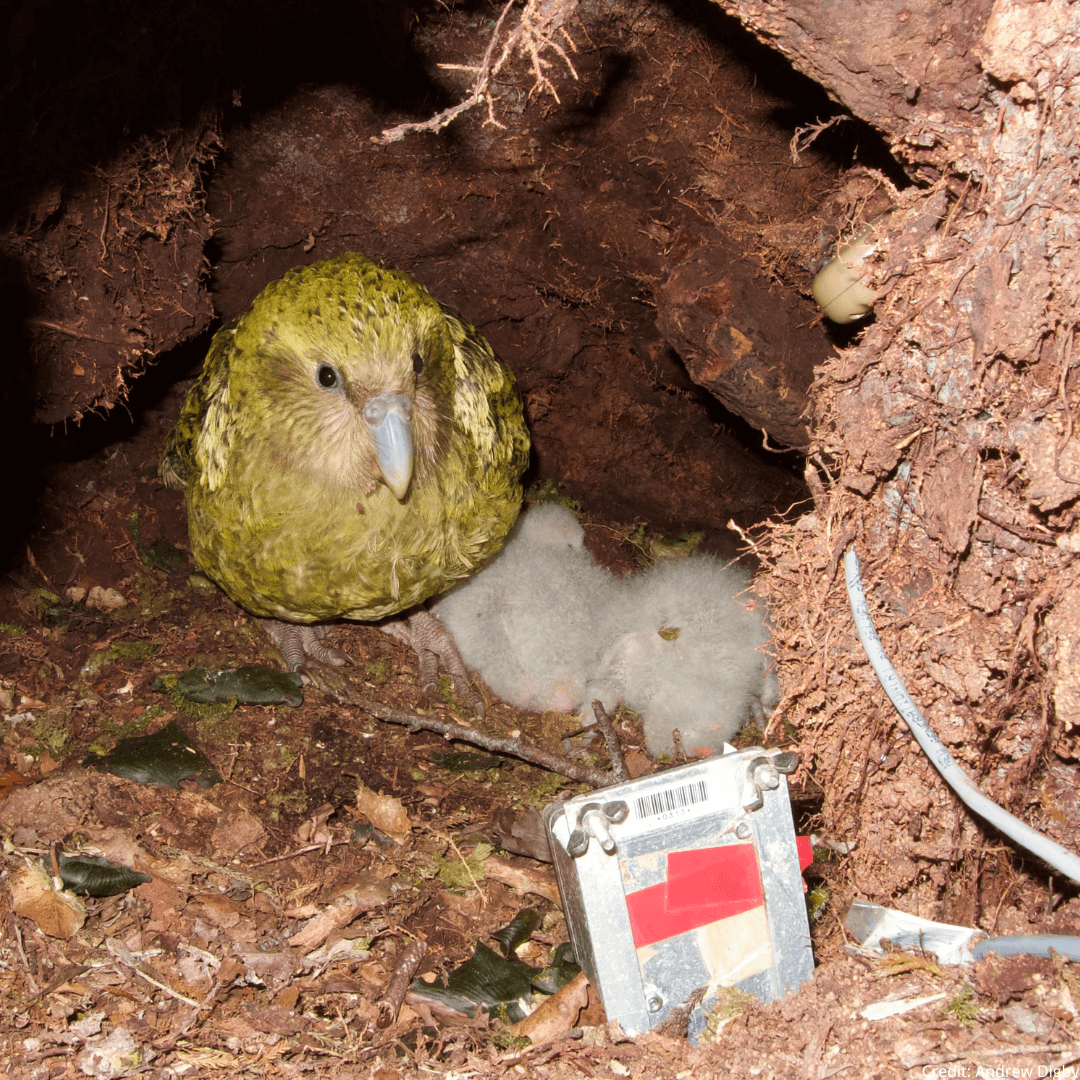
It has been such a privilege seeing our community’s stories every year and watching your projects grow, change, and thrive with the use of #tech4wildlife tools. We can’t wait to see what our 2023 #Tech4Wildlife Photo Challenge has in store, and what exciting projects you’ll share with us next!
Join us tomorrow, July 24th on Instagram, Twitter, and LinkedIn to be part of our challenge and let us know: How are you using #Tech4Wildlife?




Add the first post in this thread.